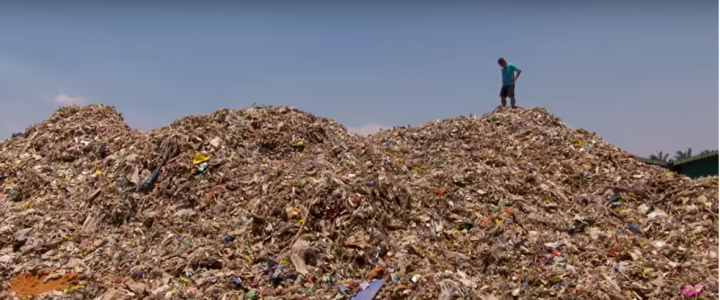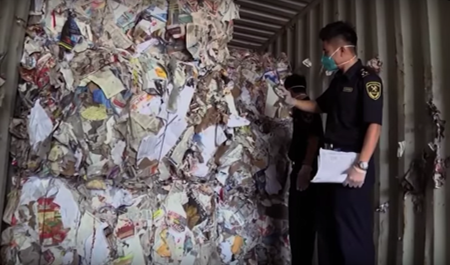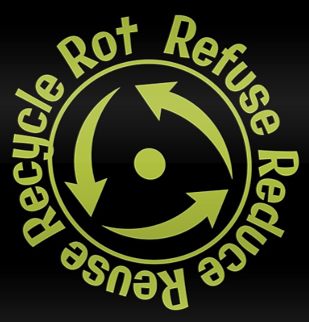
If you live in the US, chances are that you’ve been dutifully sorting your waste for years. But, have you ever wondered where all the recyclable paper and plastic go once you dispose of them? Read on for some thought-provoking facts about our trash.
Waste Export
Americans are decidedly improving in sorting waste. According to the most recent EPA survey, the amount of recyclable materials is on the increase, exceeding 68 million tons per year. Nonetheless, the sorted waste is for the most part not being recycled within the US. In the past thirty years, following the lead of other developed countries, the US has sold most of its recyclables to China. In order to minimize local disposal costs and environmental impact, the US was sending 700,000 tons of trash to China on a yearly basis.

Now although China’s recycling business of processing waste and selling new raw materials seemed to be thriving, the reality is rather grim. Wang Jiuliang’s documentary Plastic China from 2014 shed light on the environmental and social harm caused by the imported waste. Workers were making new products from recycled plastic in unsafe conditions, with consequences to their health and the environment. Jiuliang also revealed that the fate of much of the plastic waste was undocumented—there was no guarantee it was being recycled at all.
China Says No
In July 2017, at the World Trade Organization meeting in Geneva, China announced that it would reduce its global waste import. In January 2018, it banned almost all foreign waste, including textiles, paper, and plastic, agreeing to import less than 1 percent of its previous total.
China made this extreme decision to reduce the amount of yang laji—foreign trash—as a step towards protecting the environment and citizens’ health. Since much (up to 25 percent) of imported plastic was contaminated with food waste and non-recyclable materials, it was getting increasingly difficult and expensive to recycle it. What’s more, significant amounts of plastic were imported illegally and dumped without being recycled at all, causing further land and water pollution.

What Now?
It would be an understatement to say that China’s decision came as a shock to the US and the rest of the world. All of a sudden, they had to look for new places that would accept their waste. As a result, the waste shipment to Southeast Asia rapidly escalated. In the months following China’s announcement, Malaysia and Thailand’s import of plastic from the US increased by several hundred percent.
It soon became clear, though, that this solution wasn’t going to last. Vietnam and Malaysia, lacking the capacity to either recycle large volumes of trash or dispose of it safely, are already putting a stop to their waste import.
Waste Management
Now that exporting waste to China has come to a halt, and other markets are getting saturated, there’s no choice but to start implementing radical changes to domestic waste management.

While the US still exports some of its waste, most of the trash ends up in landfills or incinerators. Although there’s still a good amount of domestic landfill space left, shipping is expensive, and many dumps are raising costs to deal with the extra waste. Filling landfills with more waste also represents a serious environmental issue—many discarded materials contain toxins that leach into soil and groundwater.
As a consequence, dropping recycling altogether has become the only affordable option for many communities. Deltona, Florida, for example, has stopped curbside recycling pickup, while Fort Edward, New York, suspended its recycling program, admitting that it had been taking recycling to an incinerator for months.
Way Forward
Ironically, these waste management issues come at a time when the US is generating more trash than ever, amounting to over 30 percent of the planet’s total waste. According to estimates, Americans create 7 pounds of trash per person every day, or 2,500 pounds a year. And these numbers make up just 3 percent of all solid waste in the US—most of it comes from industry, manufacturing, and agriculture.
It’s clear that we’re entering a new era of waste management. The US has no choice but to invest in improving domestic waste management systems. Or even better, it should focus on finding ways to cut down on consumption and generate less waste in the first place.




